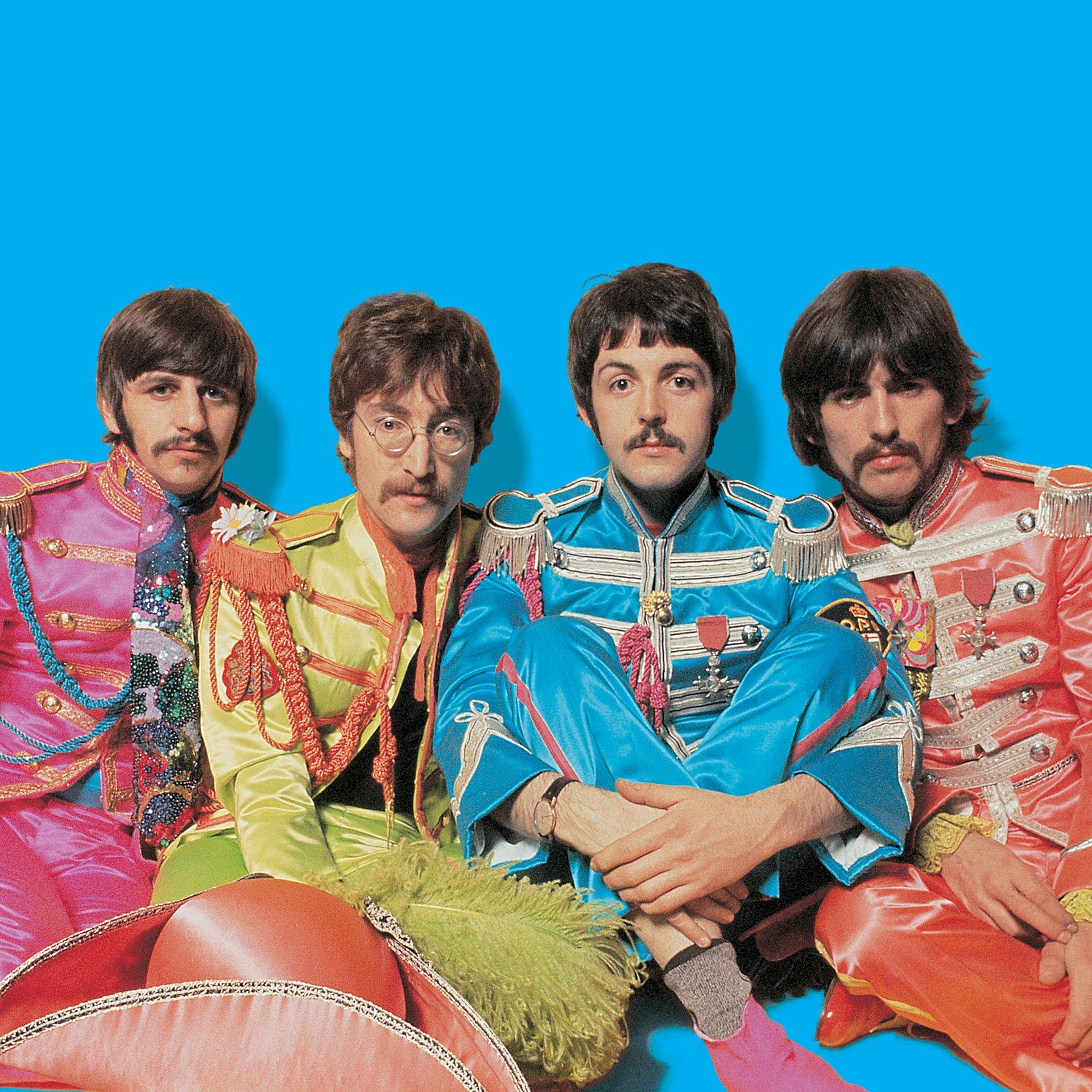While MTV’s first-ever broadcast song in 1981 was The Buggles’ “Video Killed the Radio Star,” the concept of the music video had roots planted years earlier. One of the most influential examples in this evolution was The Beatles’ Magical Mystery Tour music video project. Released in 1967 as a television special and soundtrack, Magical Mystery Tour showcased the band’s creativity and broke new ground in the music video format, pushing boundaries that helped shape the future of music on screen.
How “Magical Mystery Tour” Revolutionized the Music Video
The Beatles’ Magical Mystery Tour music video wasn’t just a single video but rather a collection of clips crafted to accompany the songs on the album. Unlike traditional performances or “promo” films made to air on TV shows like Top of the Pops, Magical Mystery Tour featured a unique, surreal storyline involving The Beatles and other travelers on a colorful, whimsical bus journey. Inspired by British seaside coach trips, as well as Ken Kesey’s legendary psychedelic road trips, the film was a playful exploration that blended absurdist visuals and eccentric plotlines with vibrant music.
The Beatles’ vision for this project was largely inspired by their love of Hollywood musicals and the burgeoning counterculture of the 1960s. In the vein of A Hard Day’s Night and Help!, Magical Mystery Tour brought their songs to life on screen, setting the stage for modern music videos.
Creative Impact and Experimental Filmmaking
The film, led by Paul McCartney’s vision, marked a new era in The Beatles’ Magical Mystery Tour music video approach, embracing freedom in both narrative and visual effects. The clip for “I Am the Walrus” featured surreal imagery and chaotic visuals, while “The Fool on the Hill” showcased the beauty of natural landscapes paired with melancholic lyrics. Songs like “Blue Jay Way” and “Flying” presented mesmerizing montages, blending vivid colors with experimental techniques that complemented the psychedelic sounds of the late ’60s.
However, the premiere of Magical Mystery Tour wasn’t without setbacks. When it aired on BBC One on Boxing Day in 1967, it was shown in black and white instead of color, muting the vibrant visuals that were critical to the film’s psychedelic aesthetic. Critics were quick to pan the film for its lack of structure and its unconventional style, but these elements would later be recognized as essential to its groundbreaking impact.
Why Magical Mystery Tour is a Milestone in Music Video History
Today, The Beatles’ Magical Mystery Tour music video is widely regarded as a milestone in the music video’s evolution. Even though the film was initially criticized for its lack of coherence, it pushed the boundaries of what music visuals could achieve. Magical Mystery Tour paved the way for bands to experiment with visuals that went beyond mere performance, exploring artistic storytelling and cinematic techniques that would later become music video mainstays.
The significance of Magical Mystery Tour in the evolution of music videos is confirmed by many music historians and filmmakers. Notably, Martin Scorsese reflected on its influence, citing the artistic freedom and willingness to experiment as groundbreaking. Though born from the countercultural spirit of the ’60s, the project ultimately laid the groundwork for platforms like MTV, setting the stage for music videos to become integral to music culture.
